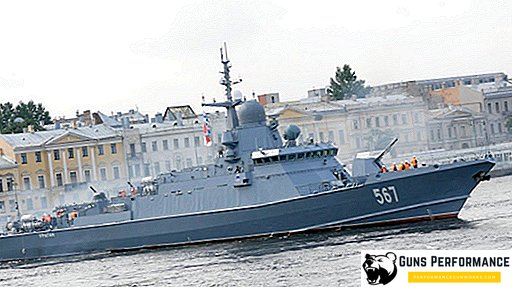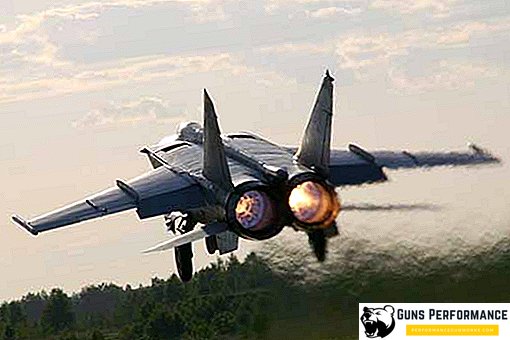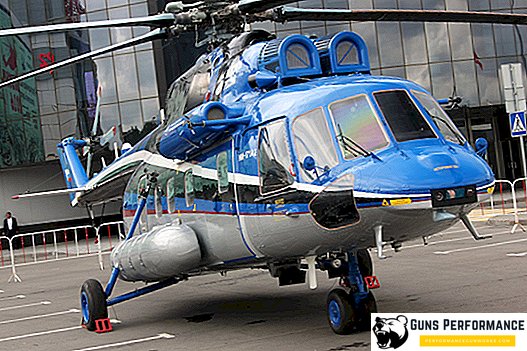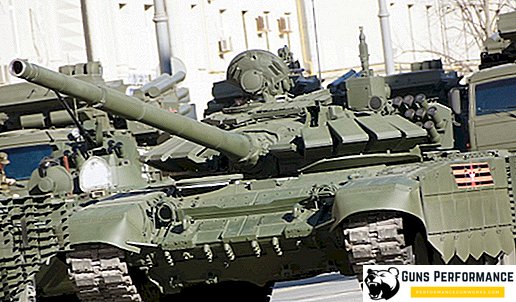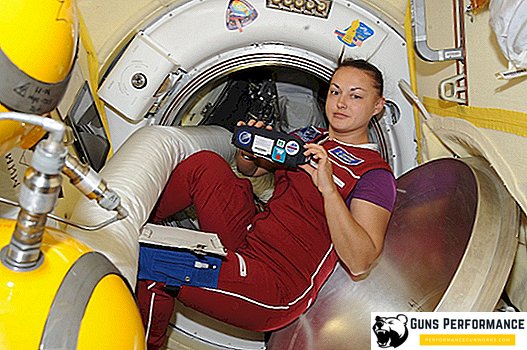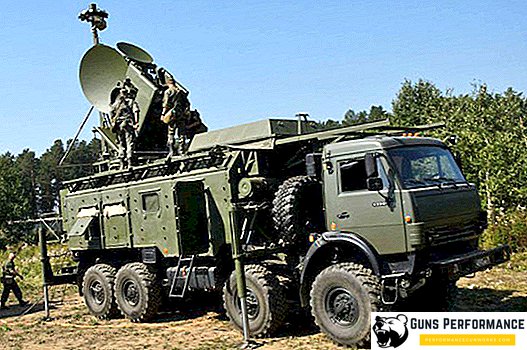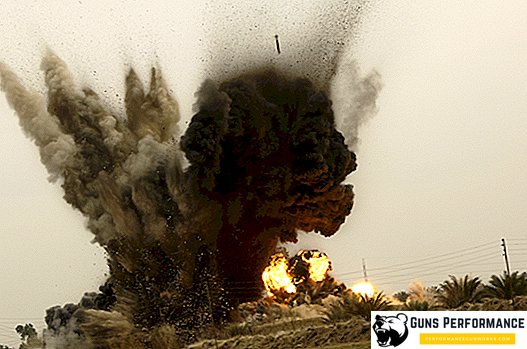
American light amphibious vehicle Ford Gpa "Seep" is an amphibious-type military engineering vehicle. The machine is intended for carrying out reconnaissance operations in the front zone, for the technical support of amphibious operations in the field conditions associated with overcoming a large number of water obstacles. Automotive wheelbase, powerful engine and durable waterproof body provide the car with high road performance and increased throughput.
Development, production and serial production of the Ford Gpa "Seep" amphibious vehicle
The car was created by American designers of the automobile company "Ford" within the framework of providing the American army with amphibious transport means, which ensure the carrying out of amphibious operations. Work on the project began in 1941, when the main quartermaster service of the US Army formulated clear project requirements for a lightweight floating car.
Despite the fact that the new assault vehicle was created under conditions of tough competition, by February 1942 the first prototype of the vehicle was ready. After conducting successful tests in April 1942, it was recommended to start mass production of the Ford GPA car. The first order from the US Department of Defense was 5,000 vehicles. In just two years of production from 1942 to 1943, 12,774 cars rolled off the assembly line of the Ford factories.

Tactical and technical parameters of the easy floating car Ford Gpa "Seep"
- No load mass: 1.11 tons.
- Number of seats in the cabin: 5.
- Dimensions: length - 4620 mm, width - 1630 mm, height - 1750 mm, clearance - 224 mm.
- Engine: 4-cylinder, carburetor, power - 60 hp
- Wheel formula: 4 × 4.
- Fuel consumption per 100 km: 12 liters.
- Load capacity: 375 kg.
- Maximum speed: on the highway - 80 km / h, afloat - 8.8 km / h.
The lightweight, floating Ford Gpa "Seep" was actively used in almost all the theaters of the Second World War, from Europe to the jungles of the countries of Southeast Asia. In the Soviet Union, the car began to come under Lend-Lease in 1944-45. According to data from various sources, 2200-3500 American cars of this brand were delivered from overseas in the USSR. The main operators of this amphibious vehicle were the troops of the 1st Ukrainian, 1st, 2nd, 3rd Belorussian fronts, who conducted intensive military operations at the final stage of the Great Patriotic War.
A photo




